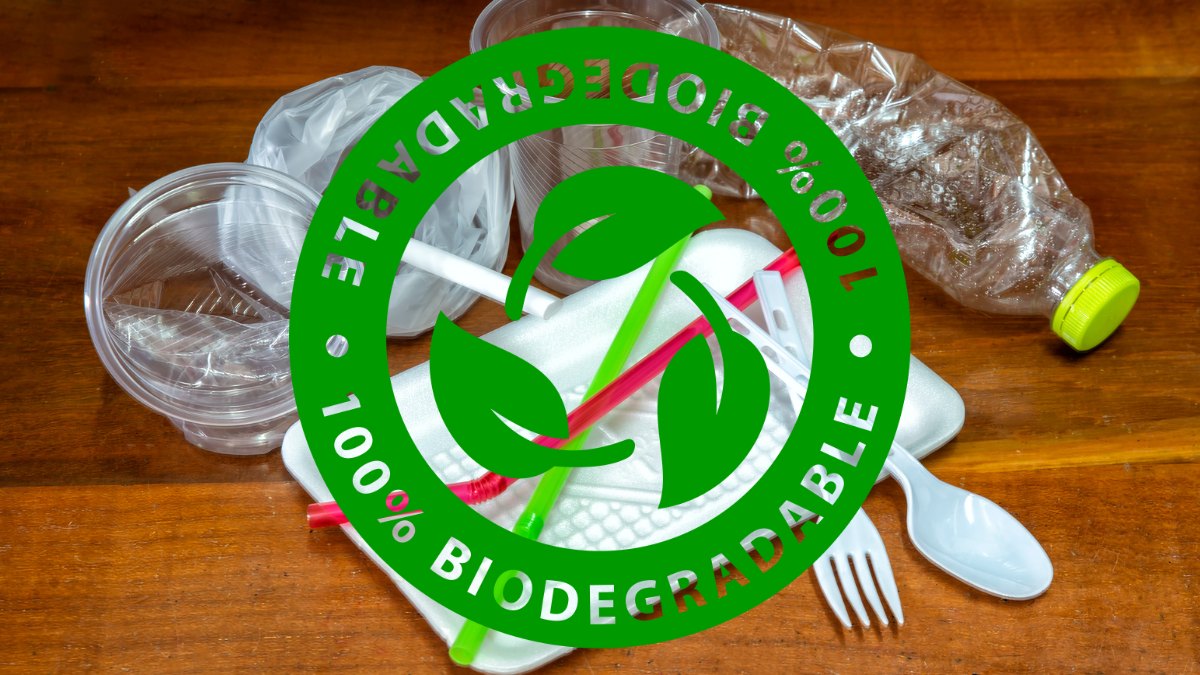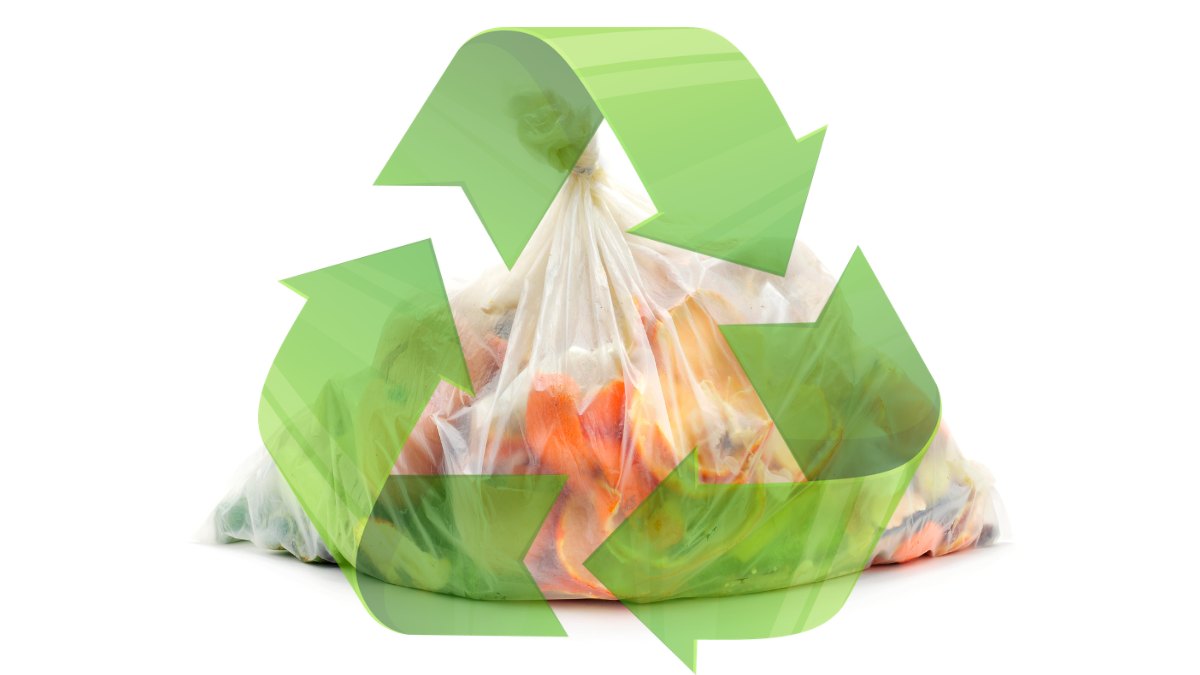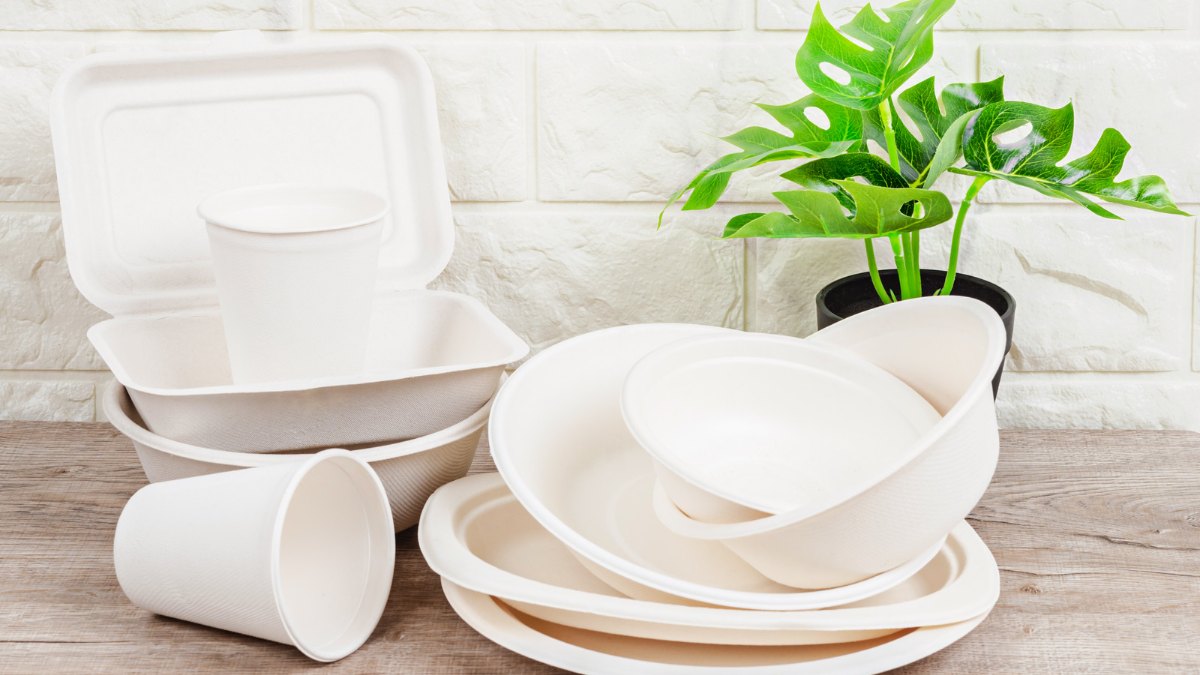Biodegradable garbage bags are one of the ways that you can help to address the environmental contamination caused by the advancement of technology over the last decades. This contamination has polluted the air, water, and soil with toxic chemicals that are harmful to people, plants, and animals. It has also disrupted the natural balance of the planet and increased the occurrence of natural disasters.
Because of this, the natural equilibrium of the planet is being thrown off, which in turn has led to an increase in the number of natural catastrophes. Global warming is one of the most significant side effects of polluting the air, and there is rarely anybody living in this day and age who is unaware of the far-reaching implications this phenomenon may have if it is not brought under control.
You could have an awareness of the issue, but you might not know how to make a positive contribution to its resolution. You may accomplish this goal in a number of ways, one of which is by making use of biodegradable plastic bags. Because they are safer for the environment than traditional plastic bags, these bags are a fantastic alternative to using other types of bags.
What is biodegradable plastic made of?

As a result of the fact that biodegradable bags are constructed of a natural substance that decomposes in the same manner as organic garbage, the amount of trash residue left behind after they have been used is significantly reduced. Even the manufacturing procedure of this biodegradable plastic isn’t harmful to the surrounding ecosystem in any way.
Polymers obtained from agricultural products are used in the production of this kind of plastic. The creation of this plastic does not include the use of any artificial components created in a laboratory. When generating these biodegradable plastic bags, the firms that produce them substitute polyester derived from petroleum with cornstarch as their primary raw material. Plastic that is just created from cornstarch tends to be brittle, which is why some manufacturers use a combination of natural and synthetic ingredients to create bags that are still superior to those that are made purely of plastic.
What is the difference between biodegradable garbage bags and biodegradable plastic bags?
Biodegradable garbage bags are a type of biodegradable plastic bags that are designed for collecting organic waste, such as food scraps, yard trimmings, or paper. Biodegradable plastic bags are a broader category that includes any plastic bags that can be broken down by microorganisms in the environment into natural substances, such as water, carbon dioxide, and biomass.
How do biodegradable garbage bags work?

Biodegradable garbage bags work by undergoing a process of biodegradation, which means that they are consumed by microorganisms, such as bacteria or fungi, that release enzymes to break down the molecular bonds of the plastic. Biodegradation can occur in different environments, such as soil, compost, or water, depending on the type and composition of the biodegradable plastic.
Benefits of Biodegradable Garbage Bags
Biodegradable plastic bags offer several benefits over traditional plastic bags, such as:
- They consume less fossil fuels and produce less carbon dioxide, which reduces greenhouse gas emissions and the impact of climate change.
- They degrade faster and more harmlessly in the environment, reducing the accumulation of plastic waste and the risk of harming wildlife.
- They are made from renewable sources, such as cornstarch, plant oils, or citrus peels, reducing dependence on petroleum resources and supporting the circular economy.
- They do not contain harmful chemicals, such as bisphenol A (BPA), a hormone disruptor that is frequently present in conventional plastics.
- Reducing the amount of plastic waste that ends up in landfills, oceans, or incinerators, where it can persist for a long time and cause pollution, greenhouse gas emissions, and harm to wildlife.
- Promoting organic waste recycling into compost can be used as a soil amendment, which can improve soil quality, fertility, and carbon sequestration.
Drawbacks of Biodegradable Garbage Bags
Biodegradable garbage bags also have some drawbacks that need to be considered, such as:
- They are more expensive and less available than traditional plastic bags, which may limit their adoption by consumers and businesses.
- They may not degrade completely or uniformly in different environments, such as landfills, oceans, or compost facilities, depending on the type of biodegradable plastic and the presence of microorganisms, oxygen, sunlight, and moisture.
- They may still generate microplastics that persist in the environment and pose a threat to organisms.
- They may require specific conditions and facilities for proper disposal or recycling, which may not be accessible or convenient for everyone.
Harmful effects of plastic bags
Materials are considered non-biodegradable if they are unable to be broken down by processes that occur naturally. In other words, they do not decompose, and, as a result, they often wind up in locations where animals graze or in open waters. In this location, animals consume them, which is harmful to the animals.
In addition to making the soil hazardous, they also contribute to the contamination of the soil, which in turn decreases the fertility of the ground. If, on the other hand, the animals consume bags made of biodegradable plastic, then the bags will be organically dissolved by their digestive systems without causing any damage to the animals.
Bags made of standard plastic are just as hazardous to human health as they are to the health of other animals. Inhaling the toxic gaseous compounds that are produced when plastic bags are burned or chemically broken down is dangerous and should be avoided at all costs. These dangerous compounds are hazardous to both human and animal health and should be avoided at all costs.
How you can help
You can do your part to protect the environment with even the smallest of actions, such as switching to biodegradable plastic bags. You have the option of using these bags that are biodegradable whether you run either a small or a big firm. Not only will they have a less negative impact on the environment, but they will also serve as a source of motivation for people. At the same time, they will promote your company by making it well-known that it is kind to the environment, which will, in turn, serve as a kind of advertising for your company.
This is due to the fact that many people in today’s society are concerned about the environment, and as a result, they favor shopping at establishments that make use of environmentally friendly items, such as biodegradable bags. You may even advocate the usage of these bags to your neighborhood grocery shop if you want them to start carrying them. You may do your part to create awareness about the availability of biodegradable plastic by bringing it to the attention of the many individuals who are unaware of its existence.
You may do this by bringing up the matter with your homeowner’s association or the government in your community and requesting that they control the reduction, reuse, and recycling of dangerous plastic items.
The trouble people face with biodegradable plastic

The production of biodegradable plastic is time-consuming and labor-intensive, and it results in a costly end product. When compared to standard plastic bags, the cost of bags manufactured from biodegradable plastic might be much higher for this same reason.
You should keep in mind, however, that the environment is very valuable and that if we do not pay attention to lowering our carbon footprint, the world will reach a point when it is no longer feasible for people or animals to exist on it. Because of this, you will be able to make up for the additional expense if you educate your clients about the positive effects that using biodegradable plastic would have on the surrounding environment.
Are they really biodegradable?
The answer to this question depends on the type of plastic bags we are referring to. According to web search results, different kinds of plastic bags have different properties and biodegradability.
- Conventional plastic bags that are made of polyethylene are not biodegradable. These plastic bags may take up to 450 years to degrade completely.
- Biodegradable plastic bags are made of materials that can be broken down by microorganisms in the environment into natural substances, such as water, carbon dioxide, and biomass. However, the rate and extent of biodegradation may vary depending on the type and composition of the biodegradable plastic and the conditions it is exposed to after use.
- Compostable plastic bags are a subset of biodegradable plastic bags that meet specific standards for biodegradation, disintegration, and ecotoxicity in a composting environment. Compostable plastic bags can be processed in industrial or home composting facilities and turned into compost that can be used as a soil amendment.
- Bio-based plastic bags are made from renewable sources, such as plants, starches, oils, or sugars. Bio-based plastic bags can reduce the dependence on fossil fuels and the greenhouse gas emissions associated with plastic production. However, bio-based plastic bags are not necessarily biodegradable or compostable unless they are designed to be so.
Where you can find biodegradable bags
Bags made of biodegradable plastic are readily accessible on the internet, just like any other standard or specialty product you may want or need. There are a lot of companies available online that offer additional eco-friendly goods that can be used in typical households. Some examples of these products include eco-friendly detergent and other similar items. Even if you need a huge quantity of these bags, there are wholesalers that sell them in large quantities for a price that is more affordable than buying them individually.
Conclusion
Biodegradable garbage bags are a promising alternative to traditional plastic bags that can reduce the environmental impact of plastic waste. However, they also have some limitations and challenges that need to be addressed. Biodegradable plastic bags are not a perfect solution, but they are a step in the right direction toward a more sustainable and circular economy. By using biodegradable garbage bags and disposing of them properly, consumers and businesses can contribute to the protection of the environment and the well-being of future generations.
FAQ
What is biodegradable plastic, and how does it differ from other types of plastic?
Biodegradable plastic is a type of plastic that can be broken down by microorganisms in the environment into natural substances, such as water, carbon dioxide, and biomass. Biodegradable plastic differs from other types of plastic that are persistent and accumulate in the environment for a long time.
What is the difference between biodegradable plastic and compostable plastic?
Compostable plastic is a subset of biodegradable plastic that meets specific standards for biodegradation, disintegration, and ecotoxicity in a composting environment. Compostable plastic can be processed in industrial or home composting facilities and turned into compost that can be used as a soil amendment.
What are biobased plastics?
Biobased plastics are plastics that are made from renewable sources, such as plants, starches, oils, or sugars. Biobased plastics can reduce the dependence on fossil fuels and the greenhouse gas emissions associated with plastic production. However, biobased plastics are not necessarily biodegradable or compostable unless they are designed to be so.
How can I dispose of biodegradable or compostable plastic properly?
Biodegradable or compostable plastic should not be mixed with conventional plastic recycling, as it can contaminate the recycling stream and reduce the quality of recycled products. Biodegradable or compostable plastic should be disposed of according to the instructions on the product label or packaging. If possible, it should be sent to a composting facility that accepts such materials. If not, it should be disposed of in the general waste bin.
What are the benefits and drawbacks of biodegradable plastic bags?
Biodegradable plastic bags offer several benefits over traditional plastic bags, such as reducing the environmental impact of plastic waste, consuming less fossil fuels, producing less carbon dioxide, and degrading faster and more harmlessly in the environment. However, they also have some drawbacks, such as being more expensive and less available than traditional plastic bags, requiring specific conditions and facilities for proper disposal or recycling, and potentially generating microplastics that persist in the environment.
How can I dispose of biodegradable garbage bags properly?
Biodegradable garbage bags should not be mixed with conventional plastic recycling, as they can contaminate the recycling stream and reduce the quality of recycled products. Biodegradable garbage bags should be disposed of according to the instructions on the product label or packaging. If possible, they should be sent to a composting facility that accepts such materials. If not, they should be disposed of in the general waste bin.

